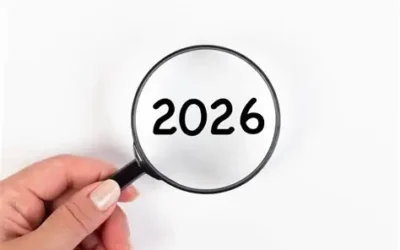
Short history about the first arrival of Dutch people in Japan
The relationships between The Netherlands and Japan started around the year 1600 when the Dutch ship called “Liefde” arrived in Japan. As Japan was ruled by the shogunate (military dictatorship) at that time, the military leader of Japan, Tokugawa Ieyasu, showed a great interest in the Dutch ship, especially in the weapons that the ship was carrying. The members of the crew that survived, 24 out of 110, were interrogated by the military leader, who was pleased by their replies and, therefore they were welcomed to stay in Japan. Most of them started working in trade, but 2 of them, namely, Jan Joosten van Lodenstey (later referred as Yaesu-san) and William Adams (later referred as Miura Anjin) were valued by the shogunate through their extended knowledge of understanding maps, navigation, shipbuilding and warfare. The arrival of the Dutch people did not only provide the shogunate with new knowledge and skills, but it did also help it to campaign against the Christian practices that the Portuguese brought in their previous arrival. As the Dutch people came from a protestant background, they helped the shogunate to propagate the trends of trading rather than the religious practices influenced by other Western people. That was the moment when the Dutch people gained the trust of the Japanese shogunate and the special relationships between Japan and The Netherlands started.
Beginning of the Japanese-Dutch Relationship
As the Dutch people coming to Japan gained the trust of the shogun, Tokugawa Ieyasu, once he proclaimed himself as the ruler of Japan (he would not report to the emperor anymore) he offered a trade permit to the Dutch. As Japan entered the so-called “seclusion period” in 1603 when no one was allowed to enter or exit Japan, this trading permit would offer the Dutch the benefit to be the only people from West who were able to enter Japan and practice commerce within the country. This benefit allowed the Dutch people between 1600-1641 to trade freely in Japan and learn the craftsmanship from the Japanese as well as the Japanese were able to learn modern practices in shipbuilding and weapon making from the Dutch.
The cultural exchange that happened in the period of the shogunate between The Netherlands and Japan did not only affect the trade and craftsmanship practices, but it did also influence the arts. Therefore, many paintings and books from The Netherlands inspired local Japanese artists as well as the Japanese souvenirs impacted the design of the furniture in The Netherlands in that period.
Modernization of Japan and impact on the relationship with The Netherlands
The modernization of Japan is considered to have started around the year of 1835 when the American commander Matthew C. Perry arrived in Japan to “reopen” the country which was isolated for almost 265 years. Once the American troops changed the feudal system based society to a modern western democracy, the exclusivity of the Dutch in Japan ended. However, the Dutch language continued to be used for official documents in relation to foreign contracts for the time being. This new period that Japan entered was a blooming period for Western influences in Japan in domains such as military science, medicine and pharmacy, and civil engineering.
The so-called new era, known as “Meiji Period” strengthen the relationship between The Netherlands and Japan through the Dutch civil engineers that were invited by the Japanese government to assist in creating and building solutions for the challenges of flooding in several parts of Japan. Simultaneously, Japan chose The Netherlands over any other country from West to send their scholars for study purposes.
Current relations between The Netherlands and Japan
Even though The Netherlands is seen only as a touristic attraction by the Japanese people nowadays, the influence that the Dutch had in Japan is still visible through arts, business arrangements and benefits for the citizens of the two countries. As a commemoration of the long-term relations between the two countries, the “Holland Village” theme park near Nagasaki was established in 1983.
Nonetheless, there are still visible traces of the long partnership between The Netherlands and Japan which can be identified at a linguistic level by words used in daily life, such as “biiru” (beer), “koohi” (coffee) or “garasu” (glass).
This article serves as an introduction to the long-term relations between The Netherlands and Japan, however, in the next few articles the economic relations as well the business opportunities between the two countries will be discussed further.

Sources:
Kingdom of the Netherlands. (2023). Dutch-Japanese relations. Retrieved from Netherlands and you: https://www.netherlandsandyou.nl/your-country-and-the-netherlands/japan/and-the-netherlands/dutch-japanese-relations


